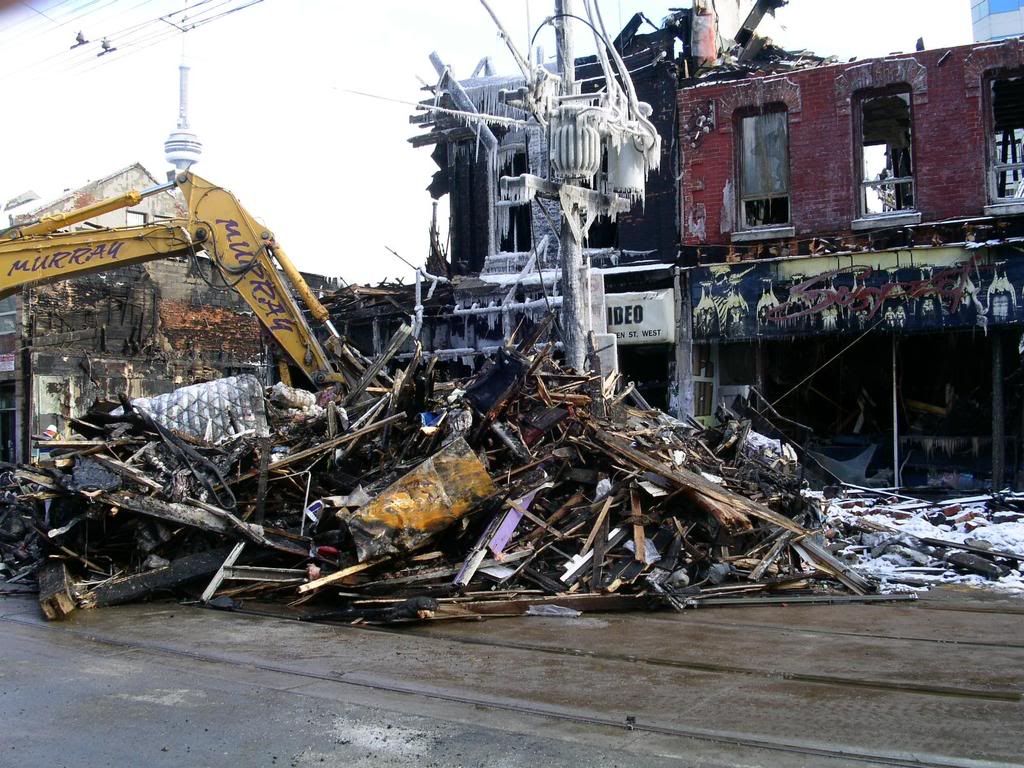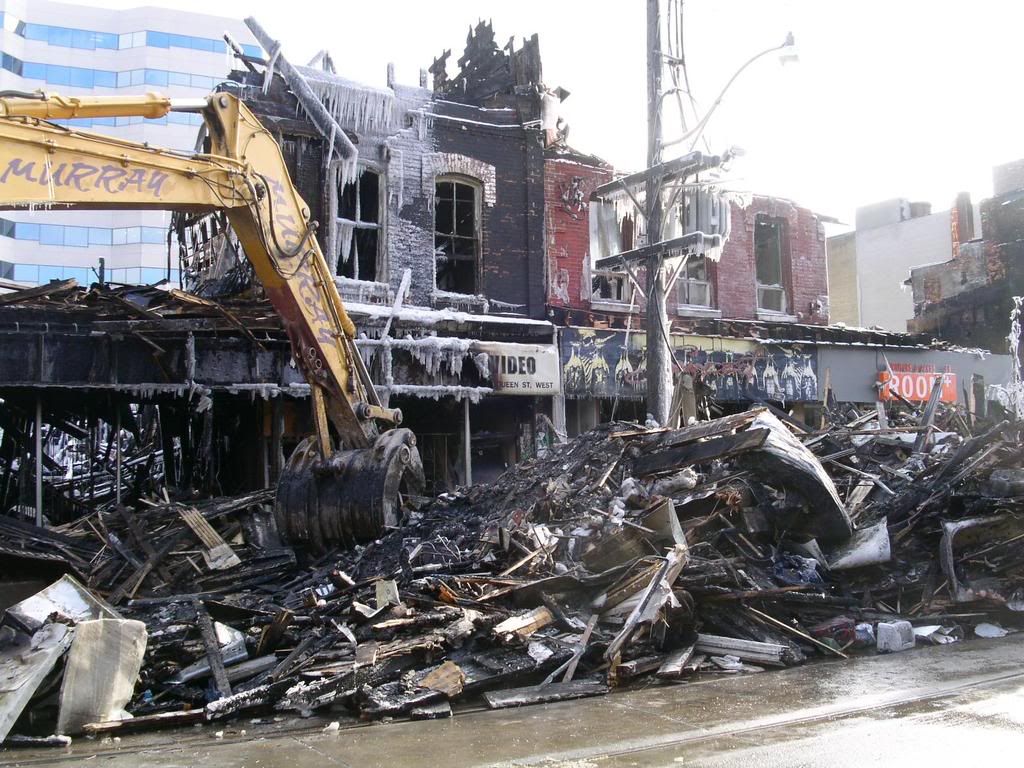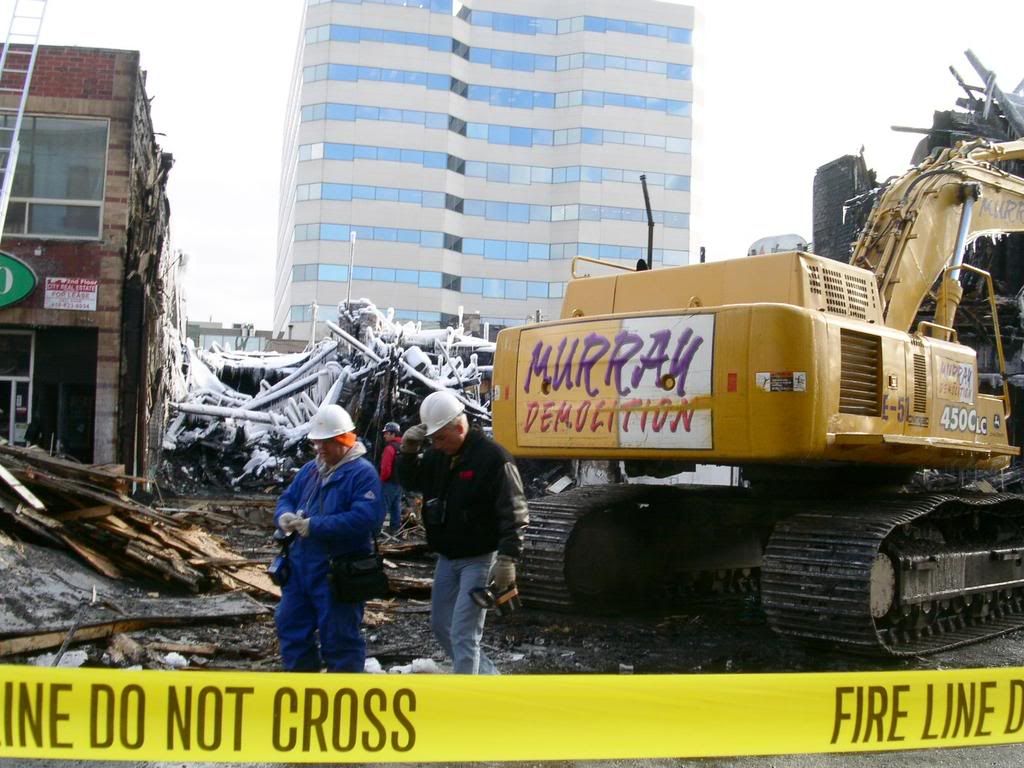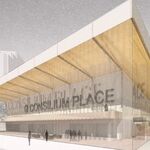CityPlaceN1
Senior Member
Too bad it wasn't the crappy houses on the Richmond side of the block that went. They are an eyesore.
Too bad it wasn't the crappy houses on the Richmond side of the block that went. They are an eyesore.



Yeah, too bad those people didn't lose their homes, and possibly their lives.
Finding proper bricklayers and masons will be quite difficult. Have a look at an old brick wall, and note the skill involved in laying patterns and creating different depths of brick to accentuate various details. Now go and look and some modern brickwork, and note how flat, and dull it is; devoid of any sort of intrest and that's not even getting started on the bricks used now.
This pretty much sums up exactly how I feel about buildings today vs now. Even bog standard warehouses back in the day had interesting and intricate masonry work, that's sorely lacking in today's brick buildings.
I personally hope this block is essentially recreated to look as it was when built. Lame historicist fronts will look contrived and cheap, and this is not the place for modernist building. Take that stuff elsewhere (preferably as far away from where I work and spend my time as possible) Rebuild it as it looked, but with modernized building codes and let's hope for a revitalized street life.
I meant if it had to happen. Of course I don't want people to be hurt in any manner.
Rebuilding the block will not curtail the criminal activity, as it was never the buildings themselves that caused this activity. If you want to curtail the criminal activity, you need to drive out the criminals from the neighbourhood through strong police enforcement, community involvement (i.e. if you see a drug deal across the street, get out your photo lens take the shot for the police), and pressure on local rooming houses and shelters to take some (not all) responsibility for the actions of those they shelter. If alcohol abusers are a problem, find out where the drunks are getting their booze, as neither shop or bars are permitted to serve intoxicated persons, and tell the police. Public drunkeness is still a crime, so the community needs to to push the police to enforce this law, they won't otherwise.But amidst the rubble, ash and fire-licked brick walls, he also sees an opportunity to revitalize the area and rebuild a block that has long been plagued with criminal activity and drug and alcohol abuse.




